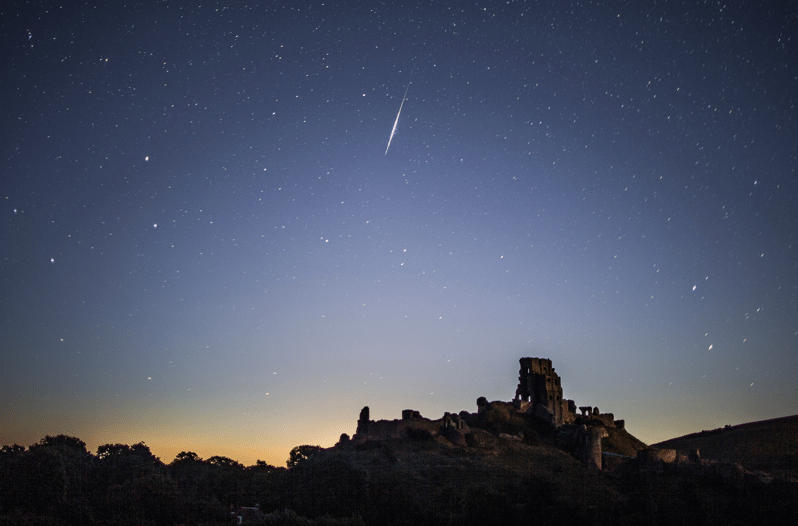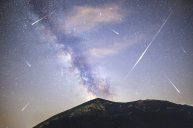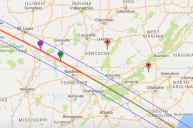If you're looking for a fun thing to do this weekend, you won't want to miss the Orionid meteor shower. Astronomers predict the Orionid meteors will show up in the early morning hours of Oct. 21, 2018.
The Orionids are dust from Comet 1P Halley, also known as Halley's comet, that appear every year in October. So, how could we have an annual meteor shower from a famous comet that only shows up every 75 years?
What is the Orionid Meteor Shower?
Here's how that happens: Meteors, or as we think of them, "shooting stars" are actually stationary space debris left by moving celestial bodies. They don't really "shower" the earth. In fact, the meteors are still, it's the Earth that's moving.
Each year in October, the Earth, on its elliptical orbit around the sun, moves into the dust trail left by Halley's comet. Some of the meteors are pulled into earth's atmosphere where they get burned up. That's what creates the beautiful show.
The name "Orionid" comes from the fact that the meteors appear to shoot out of the constellation Orion.
When to See It
The meteor shower will actually take place anytime between Oct. 2 to Nov. 7, but the frequency will peak between Oct. 21 and 22. The meteor shower should be visible from anywhere in the U.S. on that night (or early Sunday morning).
Scientists say the Orionids could fall at a rate of 10-20 per hour, so it should be a pretty spectacular show.
According to Space.com, the meteor shower will be most visible around 2 a.m. on Oct. 21 and Oct. 22.
However, this weekend's nearly full moon could hinder the show. NASA meteor expert Bill Cooke told Space.com "The moon is going to mess with you." The moon will set around 4 a.m. CT on Oct. 21, leaving a couple hours of dark skies for meteor-watching.
To determine the best time to view the annual shower from your location and time zone check out the location tracker on Time and Date.
Where to See It
Though the meteor shower should be visible from anywhere in the U.S., city lights cause light pollution, reducing visibility in the night sky. Your best bet is to get away from cities and towns, bring along a lawn chair and a blanket and stare up at the dark sky for prime meteor-watching.
Find the shape of Orion the Hunter and look slightly away from the constellation. The meteor shower's point of origin is near Orion's sword, but Cooke told Space.com that meteors closest to the point of origin are harder to see. So for best results, look away from Orion.
This article was updated on Oct. 19, 2018.




